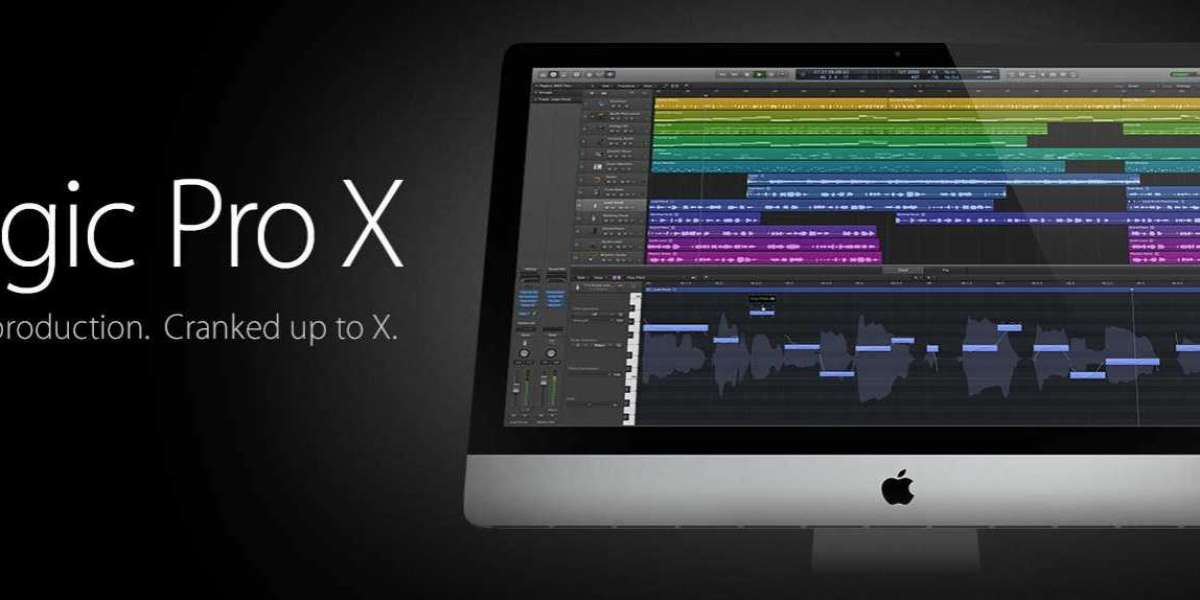The global carbon fibre size attained a value of about USD 3,821.39 million in 2023. The market is further expected to grow in the forecast period of 2024-2032 at a CAGR of 11.9% to reach USD 10,511.25 million by 2032. Carbon fibre, known for its high strength-to-weight ratio and exceptional rigidity, is increasingly being adopted across various industries. From automotive and aerospace to construction and wind energy, the applications of carbon fibre are vast and growing, driven by technological advancements and the rising demand for lightweight, durable materials.
Market Segmentation
By Raw Material
PAN-Based Carbon Fibre:
Polyacrylonitrile (PAN)-based carbon fibre is the most commonly used type, owing to its superior mechanical properties and high tensile strength. It is predominantly used in aerospace, automotive, and sporting goods industries. The demand for PAN-based carbon fibre is driven by its wide-ranging applications and its ability to meet stringent performance standards.
Pitch-Based Carbon Fibre:
Pitch-based carbon fibre, derived from petroleum or coal tar pitch, offers high thermal and electrical conductivity. Although it is less common than PAN-based carbon fibre, it is used in specialized applications such as heat exchangers, insulation materials, and high-temperature environments. The market for pitch-based carbon fibre is expanding as new applications are discovered.
By Type
Continuous Carbon Fibre:
Continuous carbon fibre is characterized by its long, unbroken strands, which provide superior strength and rigidity. It is primarily used in applications requiring high structural integrity, such as aircraft components and high-performance sports equipment. The market for continuous carbon fibre is growing due to its critical role in manufacturing advanced composites.
Long Carbon Fibre:
Long carbon fibre consists of longer strands than short fibres but is not continuous. It offers a balance between performance and ease of processing, making it suitable for automotive parts, construction materials, and consumer electronics. The demand for long carbon fibre is increasing as manufacturers seek materials that combine strength with processability.
Short Carbon Fibre:
Short carbon fibre, composed of shorter strands, is used in applications where the highest strength is not required but where the benefits of carbon fibre, such as low weight and high stiffness, are still advantageous. It is commonly used in injection moulding and 3D printing. The market for short carbon fibre is expanding as these manufacturing techniques become more widespread.
By Form
Polymer Matrix Composites (PMC):
Polymer matrix composites, which embed carbon fibre within a polymer matrix, are widely used due to their enhanced mechanical properties and versatility. PMCs are used in automotive parts, aerospace components, and consumer goods. The market for PMCs is growing as industries continue to seek materials that offer both performance and cost efficiency.
Other Forms:
Carbon fibre is also used in various other composite forms, including metal matrix composites and ceramic matrix composites. These forms are utilized in high-performance applications such as aerospace, military, and industrial machinery. The demand for these specialized composites is driven by their unique properties and specific use cases.
By End Use
- Automotive
- Aerospace Defense
- Construction
- Sporting Goods
- Wind Energy
- Others
Regional Analysis
North America:
The North American carbon fibre market is characterized by significant demand from the aerospace and automotive sectors. The region's focus on innovation and high-performance materials is driving market growth.
Europe:
Europe is a major market for carbon fibre, with extensive applications in automotive, aerospace, and wind energy. The region's stringent environmental regulations and emphasis on sustainability are fostering the adoption of lightweight, durable materials like carbon fibre.
Asia Pacific:
Asia Pacific is experiencing rapid growth in the carbon fibre market, driven by expanding industrialization and increasing demand from the automotive and construction sectors. Countries like China and Japan are leading the way in carbon fibre production and consumption.
Latin America:
The Latin American carbon fibre market is growing, with increasing applications in construction and wind energy. The region's focus on infrastructure development and renewable energy is boosting demand.
Middle East Africa:
The Middle East and Africa are emerging markets for carbon fibre, with growing applications in construction and industrial sectors. The region's investment in new technologies and infrastructure is driving market growth.
Market Dynamics
Drivers:
- Increasing demand from automotive and aerospace industries
- Advancements in manufacturing technologies
- Growing application in wind energy and construction sectors
Restraints:
- High cost of raw materials and production
- Availability of alternatives
Opportunities:
- Innovations in carbon fibre recycling
- Expansion in emerging markets
Competitive Landscape
The global carbon fibre market is highly competitive, with key players such as Toray Industries Inc., Mitsubishi Chemical Corporation, and Hexcel Corporation leading the industry. These companies are continuously investing in research and development to innovate and expand their product offerings. Market share analysis indicates that these key players hold significant positions due to their extensive product portfolios and strong customer relationships. Recent developments include strategic collaborations, mergers and acquisitions, and advancements in carbon fibre production technologies.
Market Forecast (2024-2032)
The global carbon fibre market is poised for significant growth, with projections indicating a market size of USD 10,511.25 million by 2032. This growth is driven by the increasing adoption of carbon fibre in various industries, coupled with technological advancements and the development of new applications. However, challenges such as high production costs and the need for sustainable recycling solutions remain. Addressing these challenges will be crucial for the continued growth and success of the carbon fibre market.












